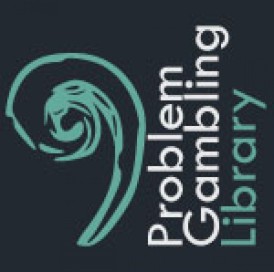Abstract
Aim: To explore the views of professionals working within health, care and other agencies about harmful gambling among adults with health and social care needs.
Background: Gambling is increasingly seen as a public health rather than an individual problem. Opportunities to gamble have grown in England in the last decade since the liberalisation of the gambling industry meaning that gambling is widely available, accessible and advertised within society. An estimated two million people in the UK are at risk of developing a gambling problem, some of whom may be adults with health and social care needs.
Methods: Twenty-three key informants from primary care, social care services and third sector organisations in England were interviewed about their understanding of the risks to adults with health and social care needs from gambling participation.
Findings: Thematic analysis revealed four themes: (1) gambling-related harm as a public health problem; (2) identification of groups of adults with health and social care needs who may be vulnerable to gambling-related harm; (3) factors potentially impeding the identification of gambling-related harm among adults with health and social care needs and subsequent helpseeking behaviour and (4) calls for professional development activities. Informants reported a perceived lack of awareness of gambling-related harm and a lack of a clear pathway or guidance which they could follow when supporting individuals experiencing gambling-related harm. Interviewees called for professional development activities to improve their knowledge and expertise in this area. Article available online
Reference: Bramley, S., Norrie, C., & Manthorpe, J. (2019) The nature of gambling related harm for adults with health and social care needs: an exploratory study of the views of key informants. Primary Health Care Research & Development 20(e115): 1–7. doi: 10.1017/ S1463423619000549
